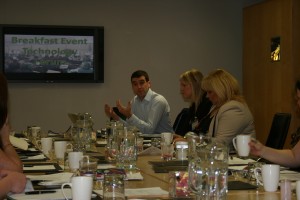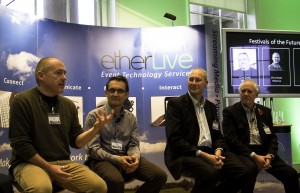Event technology plays a major role in the way we plan and organize our events today. According to the below infographic, which takes a close look at the impact of technology on the success of events in 2016, a huge 75% of event professionals are expected to buy apps to facilitate engagement with their audience. Many companies have also stepped up their live streaming activities to reach a larger audience and stand out from the competition. Social media, which offers companies powerful opportunities to promote event awareness or create a new information channel, remains another top favourite.
Of course all of this introduces potential complexity which requires detailed knowledge and planning across a broad spectrum of technology. With the summer season of events already ramping up fast it is critical that organisers plan well in advance and work with the right experienced people to ensure all the different aspects are integrated into a realistic and workable solution. Last minute panics on-site are not desirable and generally push up costs, a well planned, integrated approach is much better!
Source: http://www.losberger.co.uk/






